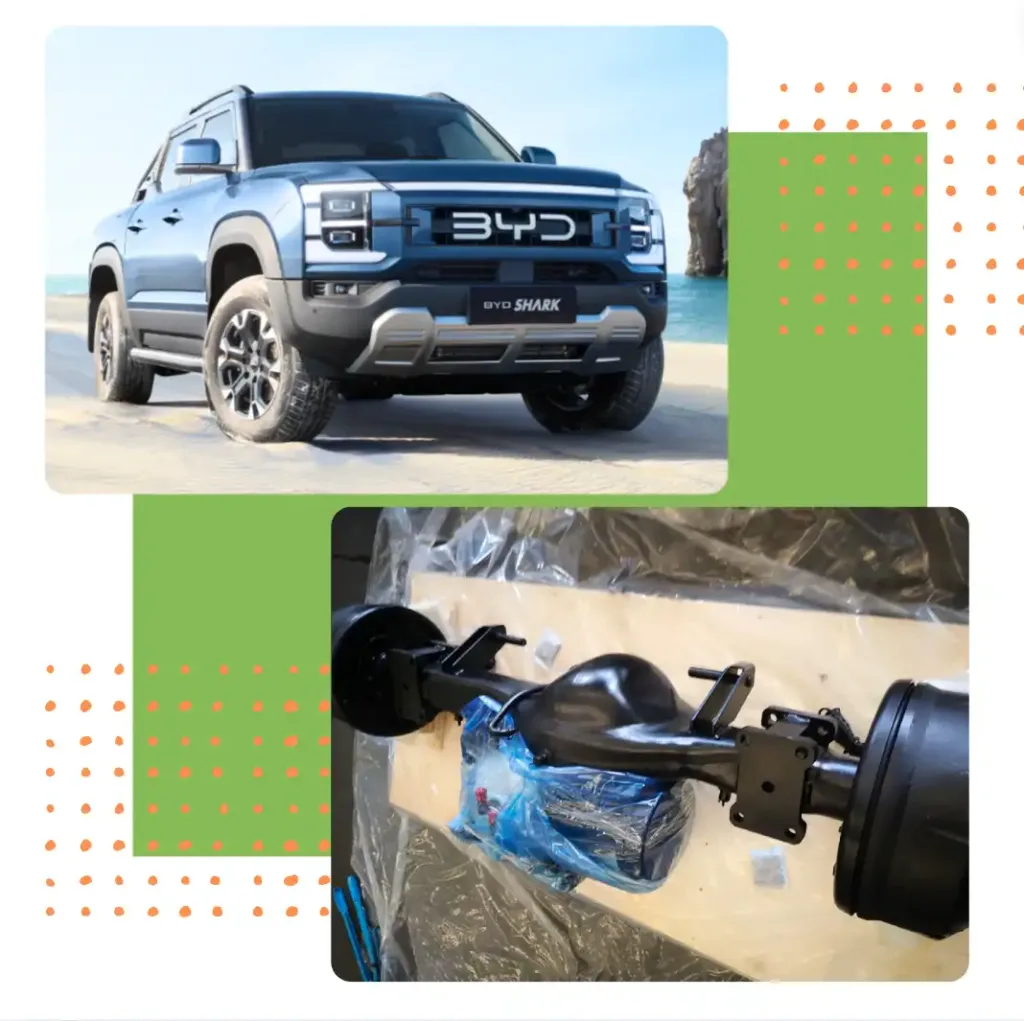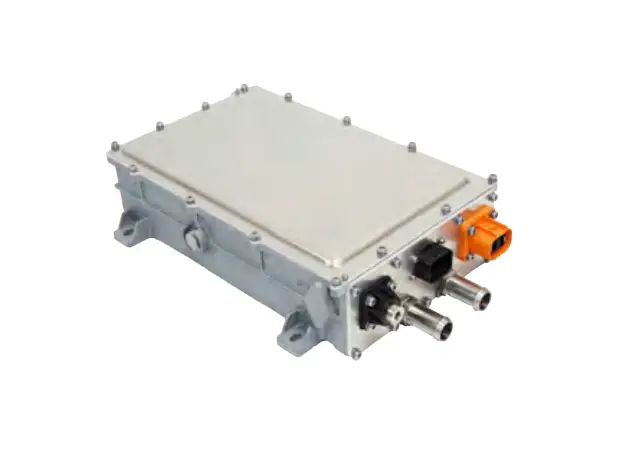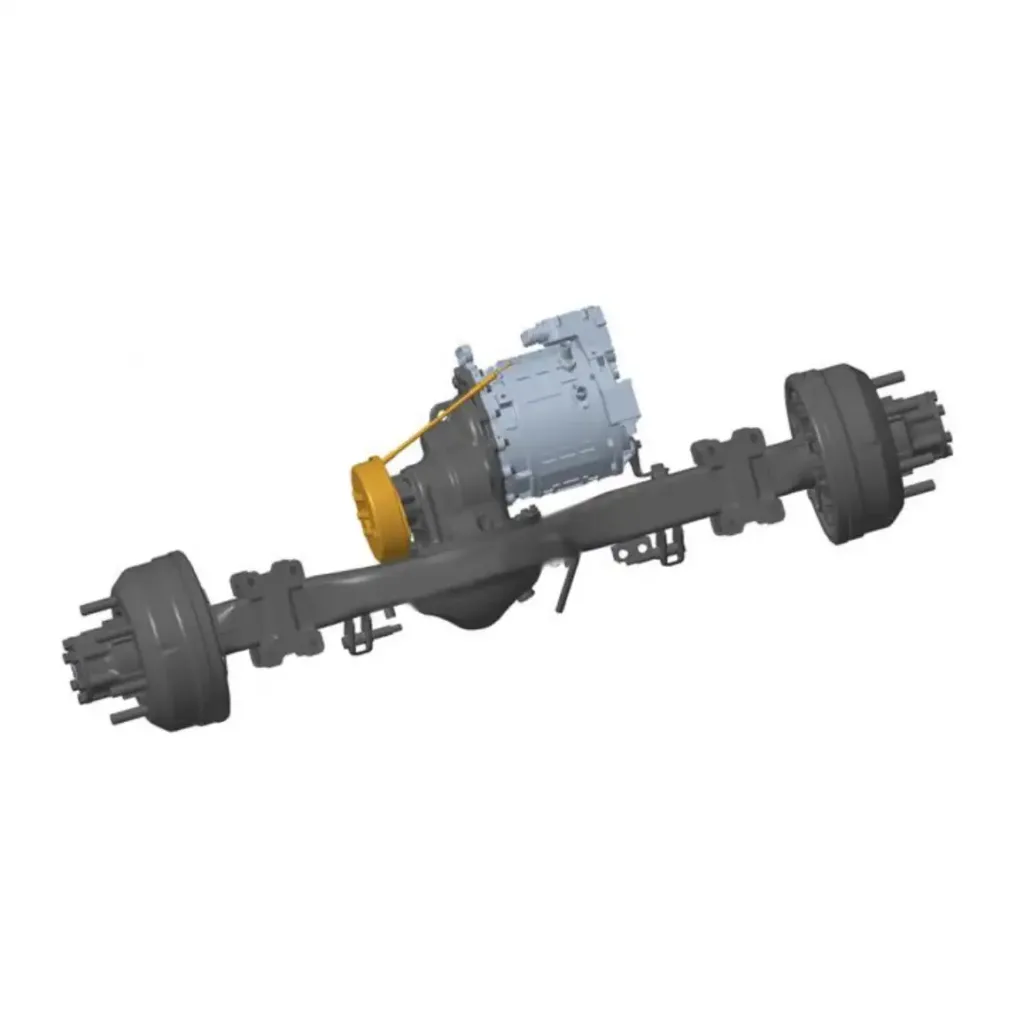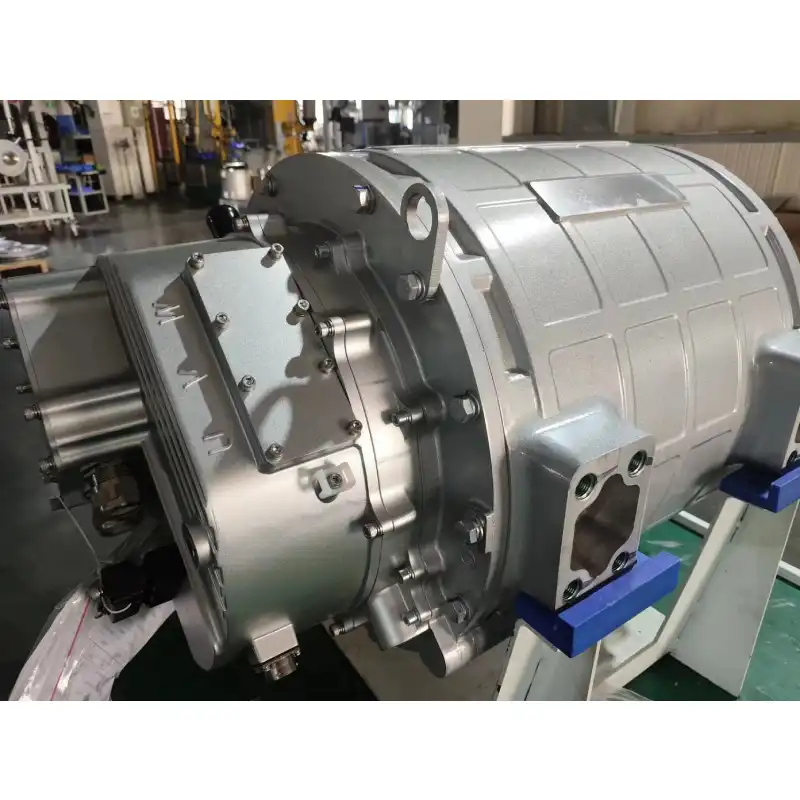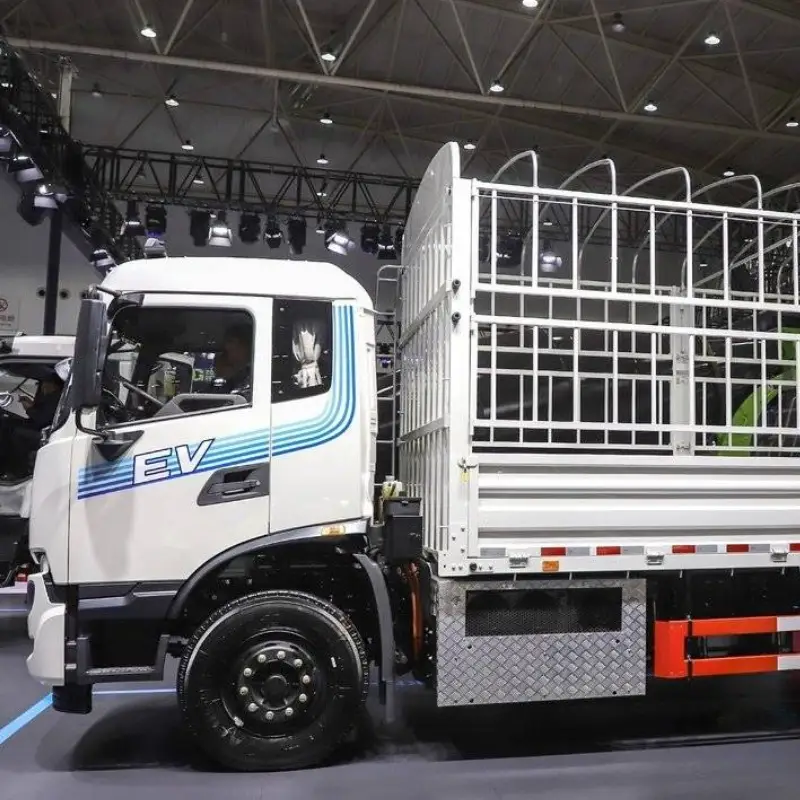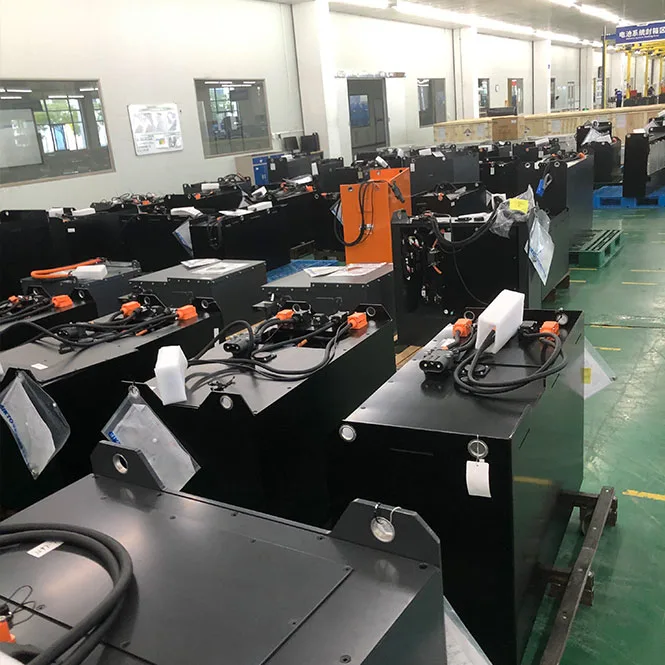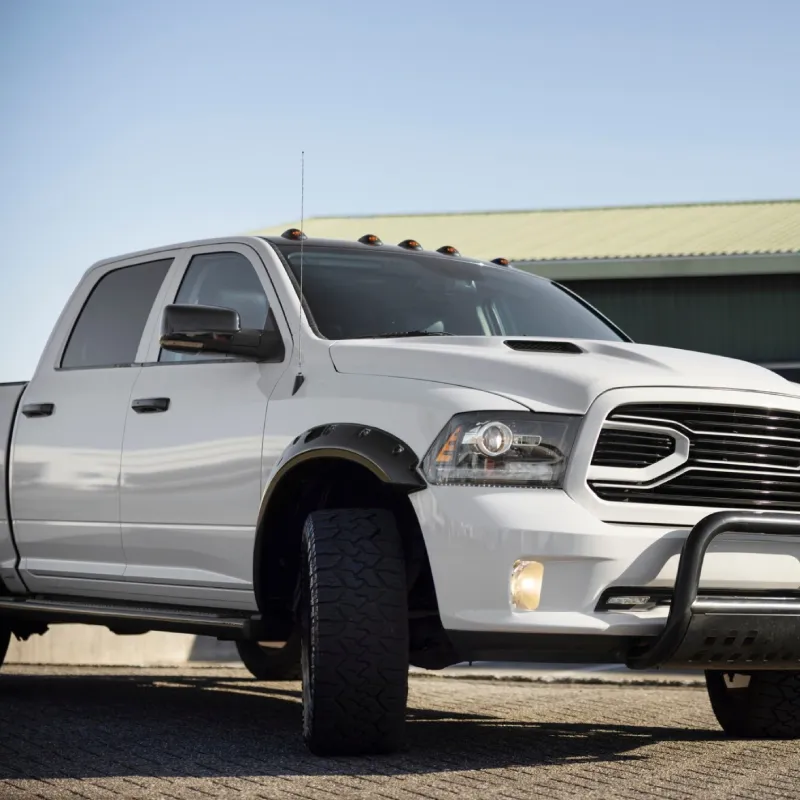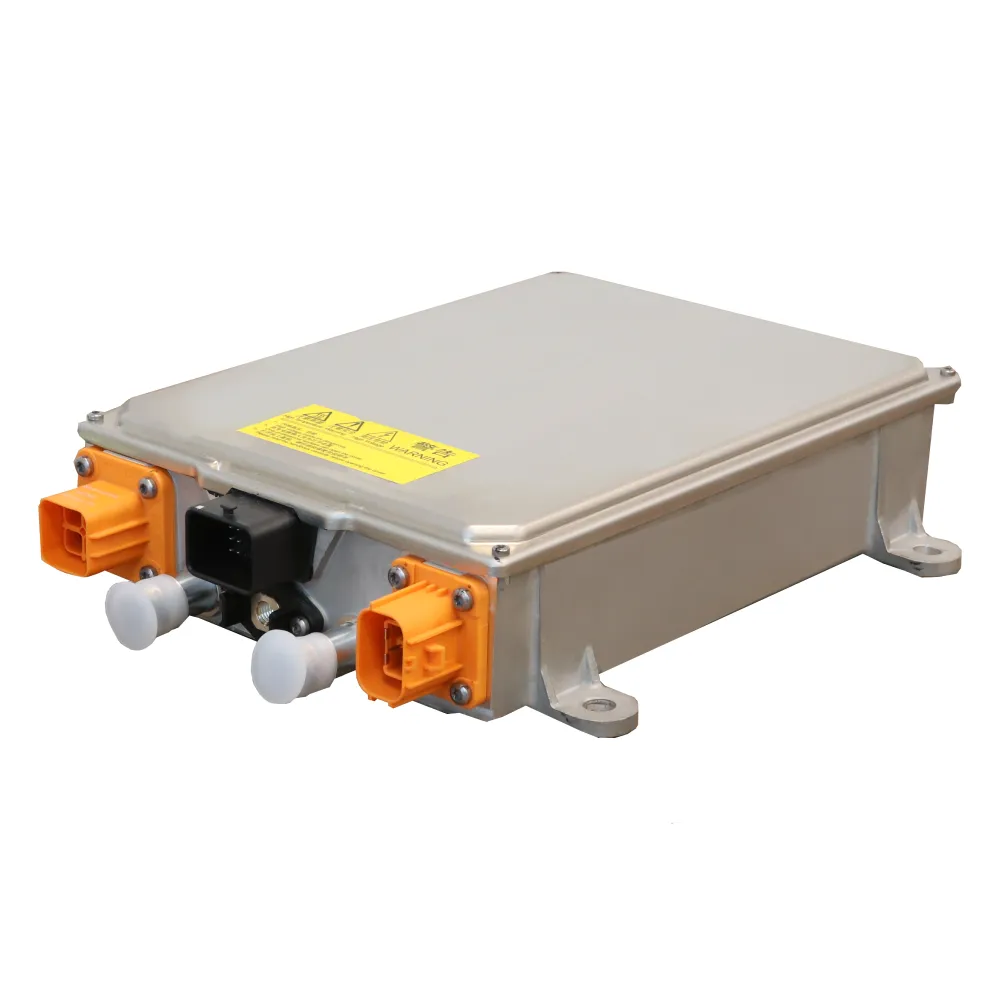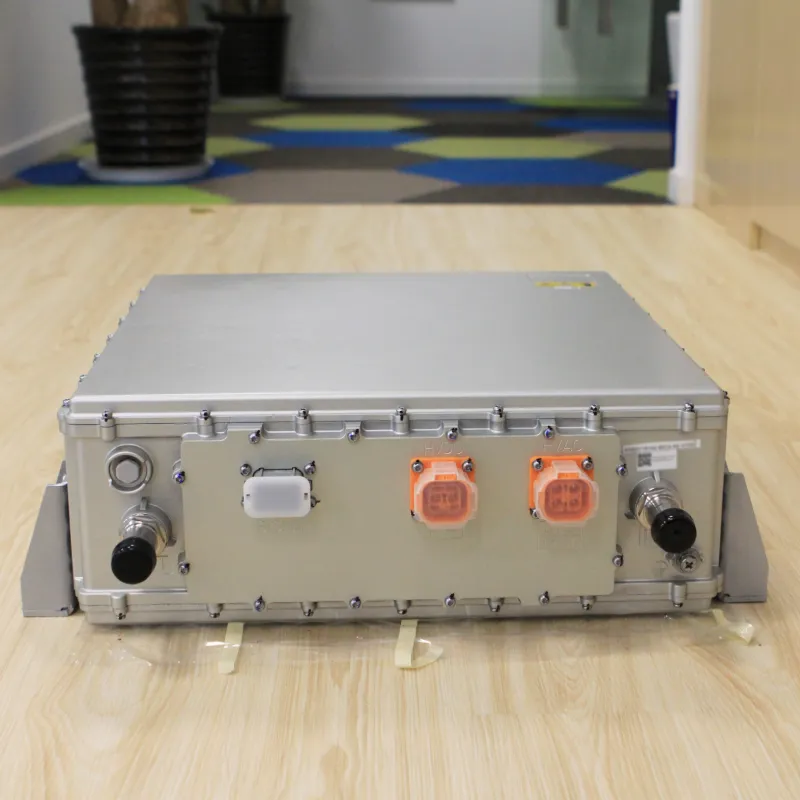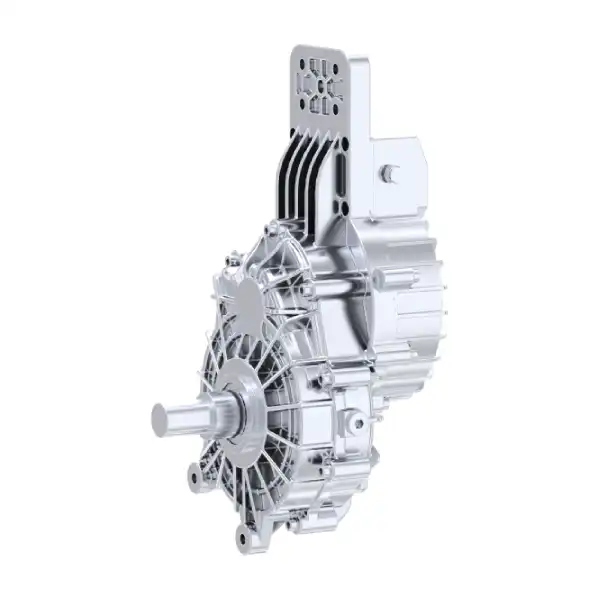Electric Pickup Truck Axle: Understanding the Difference Between Flexible and Rigid Axles
Electric Pickup Truck Axle: Understanding the Difference Between Rigid and Flexible Axles Recently, BYD launched its first hybrid pickup truck: BYD SHARK in Mexico, showcasing its latest advancements in hybrid technology on a global stage. This vehicle, built on the DMO platform, features an off-road specific longitudinal EHS hybrid system in the front and a globally pioneering rear-drive electric powertrain at the rear. What sets this pickup apart is its “flexible axle” rear design, a significant departure from traditional pickups. As we enter the era of electric and hybrid pickups, could traditional “rigid axles” become a thing of the past? What Are “Rigid Axles” and “Flexible Axles”? To understand this concept, it’s essential to know what an axle is. An axle, also known as a drive axle, connects the suspension to the vehicle’s frame or chassis, with wheels mounted at either end. It transmits power and supports the vehicle’s weight. Axles can be classified into two types based on their suspension structure: solid and independent. A solid axle, commonly known as a “rigid axle,” features a rigid beam that connects the wheels, ensuring they move in unison. On the other hand, a “flexible axle” uses an independent suspension system where the wheels can move independently, providing more flexibility and better ride comfort. The Shift to Flexible Axles in Electric Pickup Trucks In traditional pickup trucks, especially those with rear-wheel drive, the rear axle is typically a rigid axle because it needs to be rigid to handle the load. However, as pickups evolve into more passenger-friendly and electric-powered vehicles, many are transitioning to flexible axles. This allows the half-shafts between the differential and wheels to flex, offering better ride comfort and versatility. The BYD SHARK, mentioned earlier, is a prime example of this shift. Other electric pickup trucks, like the Radar RD6, Horizon, and various American models, also use flexible axles. The Tesla Cybertruck, Hummer EV, Ford F-150 Lightning, and Rivian R1T are all examples of electric trucks that have adopted this design. Even Toyota’s recently announced electric Hilux is expected to feature a flexible axle. Are Rigid Electric Pickup Truck Axles Becoming Obsolete? While many new electric pickup trucks are adopting flexible axles, some still use rigid axles, especially those designed for heavy-duty or off-road use. For instance, the Jiangling Daoda EV features a world-first high-performance oil-cooled coaxial electric drive axle, which is essentially a rigid axle integrated with an electric motor. This design offers superior load capacity, making it ideal for heavy-duty applications. Similarly, the Changan Hunter EV uses a hard axle structure for its electric drive axle. The single-motor rear-wheel-drive version delivers a maximum power of 110 kW and a torque of 300 Nm, retaining the characteristics of traditional solid axles while incorporating electric drive technology. Pros and Cons of Flexible and Rigid Electric Pickup Truck Axles Each type of axle has its advantages and disadvantages. Flexible axles, with their independent suspension, offer better ride comfort and are well-suited for light-duty, household, and light off-road use. However, they may compromise ground clearance, which can be a drawback on rough terrain. Additionally, the complex structure of flexible axles can limit customization options and increase the risk of damage when subjected to extreme conditions. Rigid axles, on the other hand, provide consistent ground clearance, making them more suitable for off-road and heavy-duty applications. They offer greater load capacity and are better suited for modifications. However, the added weight of a rigid axle, especially when integrated with an electric motor, can affect handling and reduce ride comfort. Brogen Electric Pickup Truck Axle Solutions While flexible axles are becoming more common, rigid electric drive axles remain essential for heavy-duty and off-road electric trucks. These axles provide consistent ground clearance, superior load capacity, and enhanced durability, making them ideal for demanding applications. At Brogen, we provide modular, scalable e-beam axle solutions tailored for electric pickup trucks. Our e-beam axle solution integrates a lightweight welded differential, die-cast aluminum housing, offset coaxial gearbox, and welded insert tube technology. These engineering optimizations significantly reduce axle mass, minimize the size of the center drive unit, and enhance overall vehicle dynamics compared to conventional designs. Discover our e-Beam axle solution for electric pickup trucks here: https://brogenevsolution.com/e-beam-axle/ We also offer parallel-axis e-axles for light commercial vehicles (LCVs): https://brogenevsolution.com/electric-axle-for-light-truck/ Discover our full range of LCV EV system solutions: https://brogenevsolution.com/light-commercial-vehicle-electrification-solutions/ Business inquiry: contact@BrogenEVSolution.com or you can fill in the form below to get in touch with us. Contact Us Get in touch with us by sending us an email, using the Whatsapp number below, or filling in the form below. We usually reply within 2 business days. Email: contact@brogenevsolution.com Respond within 1 business day Whatsapp: +8619352173376 Business hours: 9 am to 6 pm, GMT+8, Mon. to Fri. LinkedIn channel Follow us for regular updates > YouTube channel Ev systems introduction & industry insights > ContactFill in the form and we will get in touch with you within 2 business days.Please enable JavaScript in your browser to complete this form.Please enable JavaScript in your browser to complete this form. Name * FirstLast Work Email *Company Name *Your Project Type *– Please select –Car, SUV, MPVBus, coach, trainLCV (pickup truck, light-duty truck, etc.)HCV (heavy-duty truck, tractor, trailer, concrete mixer, etc.)Construction machinery (excavator, forklift, crane, bulldozer, loader, etc.)Vessel, boat, ship, yacht, etc.Others (please write it in the note)Your Interested Solutions *– Please select –Motore-AxleBatteryChassisAuxiliary inverterOBC / DCDC / PDUAir brake compressorEPS / EHPS / SbW / eRCBBTMSOthers (please write it in the note)Do you have other contact info? (Whatsapp, Wechat, Skype, etc.)Please introduce your project and your request here. * Checkbox * I consent to receive updates on products and events from Brogen, and give consent based on Brogen’s Privacy Policy. Submit
